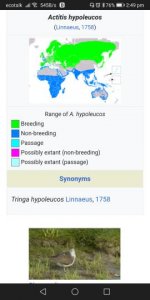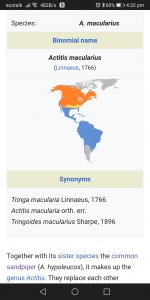You have the right idea, but sadly speciation and geological times don't work this neatly.
Pangaea is a supercontinent that was already splitting apart before the first dinosaurs that could be considered avian dinosaurs (or birds) roughly 175mya. Thanks to limited but preserved fossil record, we know certain bird families or groups did not evolve until much later.
Best example would be that the first galliforms and waterfowl evolved towards the end of the Cretaceous, while more "advanced" bird families hummingbirds and motmots originally evolved in the Eocene rainforests of present day Germany. This one is pretty cool to think about, while penguins were always limited to Antarctica and the Subantarctic regions since the down of their range as they are today, some bird families originally evolved in continents that are on opposite sides of the world from where they are only found today. Which is why hummers and motmots, mostly Neotropical families, trace their origins to modern day Europe, and also why species that contrast each other like Kagu and Sunbittern, are each other's closest relatives. They are leftovers of a bygone era from times when the ice caps changed the world.
However, you were right in some parts, just a closer time frame, birds like the Sandhill Crane are known to have lived in California at least for part of the year since before the last glacial period thanks to the remains of the La Brea Tar Pits, and these birds still winter in California to this day.
Another example, which is personally my favorite, is the Kirtland's Warbler, beautiful songbird that breeds only in certain forest of the Great Lakes region in the US and winters in some Bahamian islands. Weird thing is, while the bird has lost a lot of it's wintering ground due to habitat destruction, in the US, scientists have tried to reintroduce the birds to forests that fit the criteria the birds need in the region to help with population growth, but none did. The reason? Turns out that these birds evolved to only breed in the forests that were not destroyed by the last glaciers that encroached North America over 10,000 years ago. So even though these glaciers have disappeared and more breeding habitat is technically available, the bird will only breed in the zone that the glacier formerly did not destroy their jack pine forest habitat. Sadly, in the Bahamas, they have lost wintering grounds from rising sea levels since and human disturbance in the present, so not a great future. But its still amazing how this bird has been morphed to live in a world that no longer exists, as that world was one where it shared its habitat with mastodons and giant beavers, while today it mostly needs to worry of humans not cutting down the last places it has to live.











